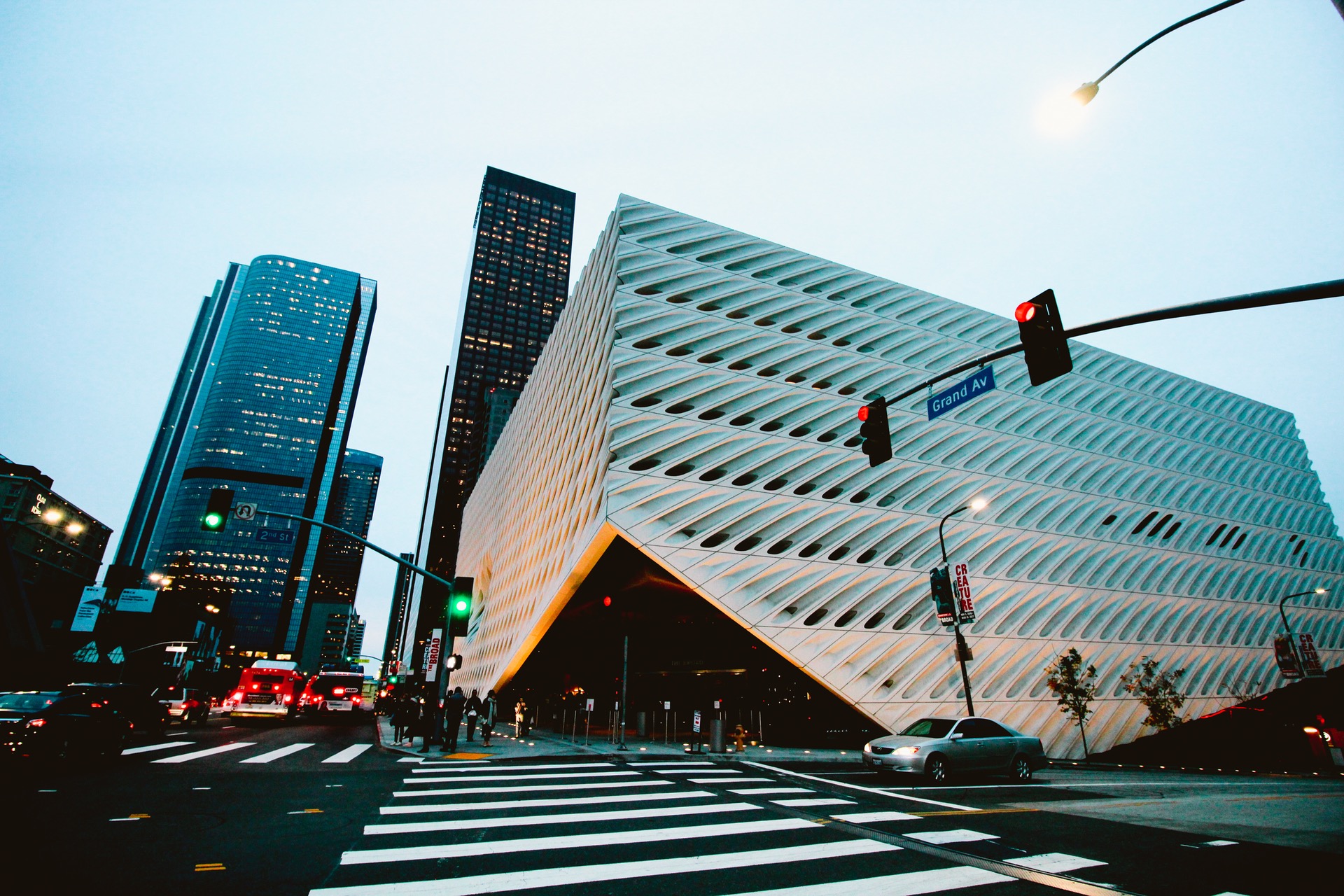Lens flare is a visual effect that occurs when a bright light source, such as the sun, enters the camera lens and scatters, creating hazy streaks, washed-out contrast, or unwanted artifacts. Although often considered a flaw, lens flare can sometimes be used creatively to evoke mood or atmosphere. This guide explains what lens flare is, explores its different types, outlines its causes, and offers practical strategies to either eliminate it or use it artistically.
What Causes Lens Flare?
Lens flare is the result of light reflecting off the internal elements of a camera lens before reaching the sensor. This scattering is more common in lenses with complex optical constructions, such as zoom lenses, due to the increased number of glass elements. The more surfaces light passes through, the greater the chance for flare to occur.
There are two main forms of lens flare:
- Glare Flare: A general haze that affects the entire image, reducing contrast and color vibrancy.
- Artifact Flare: Clearly defined shapes—often circles or polygons—that appear in photos, typically taking the shape of the lens aperture.
Different Types of Lens Flare
1. Veiling Flare
Veiling flare results in a soft glow that washes over the image, typically caused by a bright light just outside the frame. It diminishes the overall contrast and clarity of the photo. Contributing factors include smudged lenses, inferior optical filters, and lenses that lack high-quality anti-reflective coatings.
2. Ghosting Flare
Ghosting refers to multiple, semi-transparent artifacts scattered across the image. These “ghosts” often appear as overlapping circles or geometric shapes and are caused by light bouncing between the lens and sensor. The more elements a lens contains, the more susceptible it is to ghosting.
3. Sensor Flare (Red Dots)
This type of flare shows up as small, distinct red dots and typically arises when light reflects off the sensor, bounces back into the lens, and returns to the sensor again. Mirrorless cameras, due to their shorter flange distances, are more likely to produce sensor flare.
Factors That Contribute to Lens Flare
Several key variables can increase the risk of lens flare:
- Focal Length: Wide-angle lenses are more vulnerable to flare because they capture a broader scene, often including unintended light sources.
- Lens Construction: High-end lenses with multi-layer coatings reduce internal reflections and therefore minimize flare.
- Lens Cleanliness: Dust, fingerprints, and smears scatter light and make flare more likely.
- Filter Quality: Low-grade or dirty filters can add reflective surfaces that contribute to flare.
- Lens Hood Use: A lens hood helps block extraneous light from entering the lens, especially from the sides.
Using Lens Flare Creatively
While flare can degrade image quality, some photographers use it purposefully to achieve artistic effects. Here are a few ways to harness lens flare for creative results:
- Shoot Into the Light: Position your camera toward the sun or another strong light source to create intentional flare.
- Use a Wide Aperture: A larger aperture can intensify the flare effect and soften the image.
- Adjust the Angle: Small changes in camera angle can dramatically alter the look of the flare.
- Incorporate Reflective Surfaces: Surfaces like water, glass, or metal can bounce light in interesting ways to amplify flare.
How to Minimize or Eliminate Lens Flare
If you’re aiming for crisp, clean images, it’s important to control or eliminate lens flare. Here are some effective strategies:
- Use a Lens Hood: This accessory shades the lens from stray light, especially helpful when shooting outdoors.
- Keep Lenses Clean: Regularly clean your lenses to remove any dust or smudges that could contribute to flare.
- Avoid Cheap Filters: Invest in high-quality, multi-coated filters to minimize additional reflections.
- Watch Your Angles: Adjust the shooting angle to avoid direct exposure to bright light sources.
- Opt for Prime Lenses: These typically have fewer elements than zoom lenses, reducing the chances of internal light scatter.
Removing Lens Flare in Post-Production
If lens flare ends up in your shots, all is not lost. Photo editing software can help:
- Clone Stamp or Healing Tools: Remove flare artifacts by cloning nearby pixels.
- Contrast and Saturation Adjustments: Restore depth and color to areas affected by veiling flare.
- Gradient Filters: Balance light across the frame, especially in overexposed areas.
FAQs
1. What exactly causes lens flare in photography?
Lens flare is caused by bright light scattering inside the lens and reflecting off its internal elements before hitting the camera sensor.
2. Can lens flare damage my camera or lens?
No, lens flare does not cause any physical damage to your equipment. It only affects the visual quality of your images.
3. Is it ever beneficial to use lens flare?
Yes, when used intentionally, lens flare can add an emotional or cinematic quality to your photos, enhancing storytelling or aesthetic appeal.
4. Will a lens hood completely eliminate flare?
A lens hood significantly reduces flare from side lighting, but it cannot fully prevent flare when shooting directly into a light source.
5. Are prime lenses better at handling lens flare?
Generally, yes. Prime lenses have fewer glass elements, which reduces the internal reflections that cause flare.



